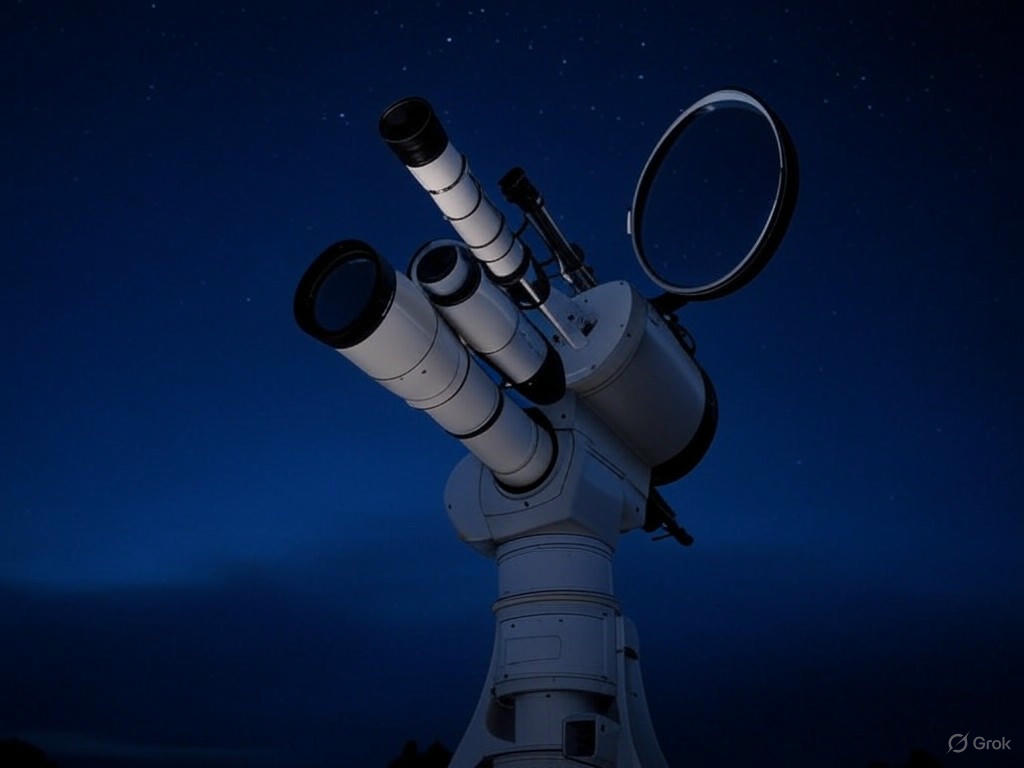Unveiling the Cosmos: New Telescope Set to Uncover Millions of Solar System Secrets
A groundbreaking era in astronomy is on the horizon as the Vera C. Rubin Observatory prepares to scan the night sky with unprecedented precision. Nestled atop a Chilean mountain, this cutting-edge facility boasts a camera with a staggering 3.2 billion pixels, making it one of the most powerful tools ever built for celestial observation. Over the next decade, scientists anticipate that this technological marvel will detect millions of previously unseen objects lurking within our solar system, shedding light on the mysteries of our cosmic neighborhood.
The Rubin Observatory’s mission is nothing short of revolutionary. Unlike traditional telescopes that focus on specific regions of space, this observatory will conduct a sweeping survey of the entire visible sky every few nights. Its wide-field camera will capture images so detailed that even faint, distant objects—such as small asteroids, comets, and icy bodies in the Kuiper Belt—will come into view. These hidden treasures have long evaded detection due to their dimness or remote locations, but the observatory’s advanced technology promises to change that. Researchers estimate that the telescope could identify up to 60% of near-Earth objects larger than 140 meters, significantly enhancing our understanding of potential planetary threats and the dynamics of our solar system.
Beyond uncovering new objects, the Rubin Observatory will also provide invaluable data on the formation and evolution of our cosmic home. By cataloging millions of asteroids and other small bodies, astronomers hope to piece together the history of collisions, migrations, and gravitational interactions that shaped the solar system billions of years ago. Additionally, the project will contribute to the study of dark energy and dark matter, as the observatory’s extensive sky surveys will map the distribution of galaxies and track the universe’s expansion. This dual focus—on both local and distant phenomena—positions the Rubin Observatory as a cornerstone of modern astrophysics.
The implications of this decade-long endeavor are profound. Not only will it expand our catalog of solar system objects, but it will also inspire future generations of scientists to explore the unknown. The data collected will be publicly accessible, fostering collaboration across the global scientific community and potentially sparking new discoveries in unexpected areas. As the observatory begins operations in the coming years, anticipation is building for the first glimpses of a sky teeming with hidden wonders.
As we stand on the brink of this astronomical revolution, the Rubin Observatory reminds us of the vastness of space and the endless possibilities for discovery. Millions of unseen objects await their moment in the spotlight, and with each image captured, we move closer to unraveling the intricate tapestry of our solar system. This is not just a telescope—it’s a window into the past, present, and future of the cosmos, inviting us all to look up and wonder.


